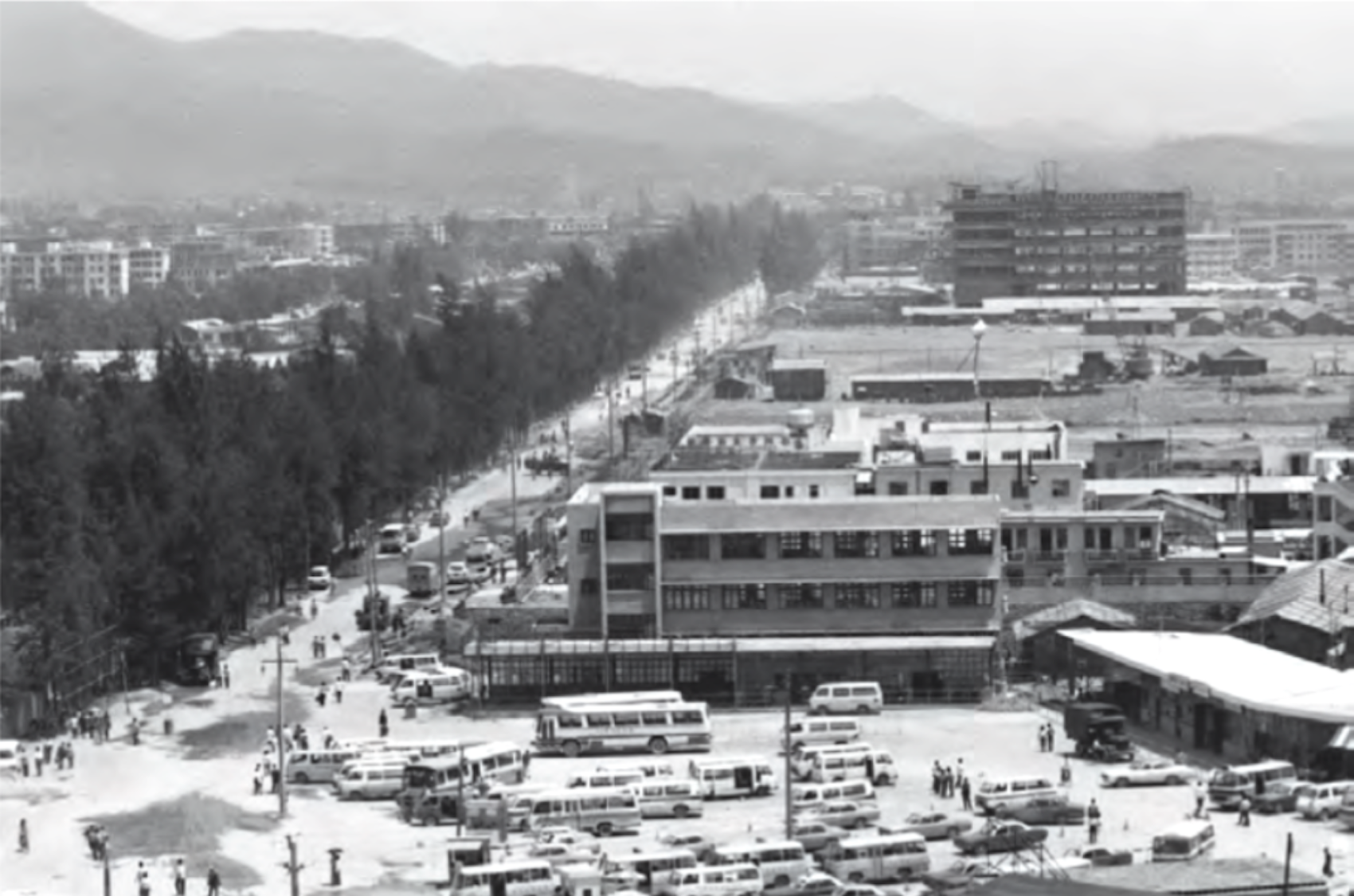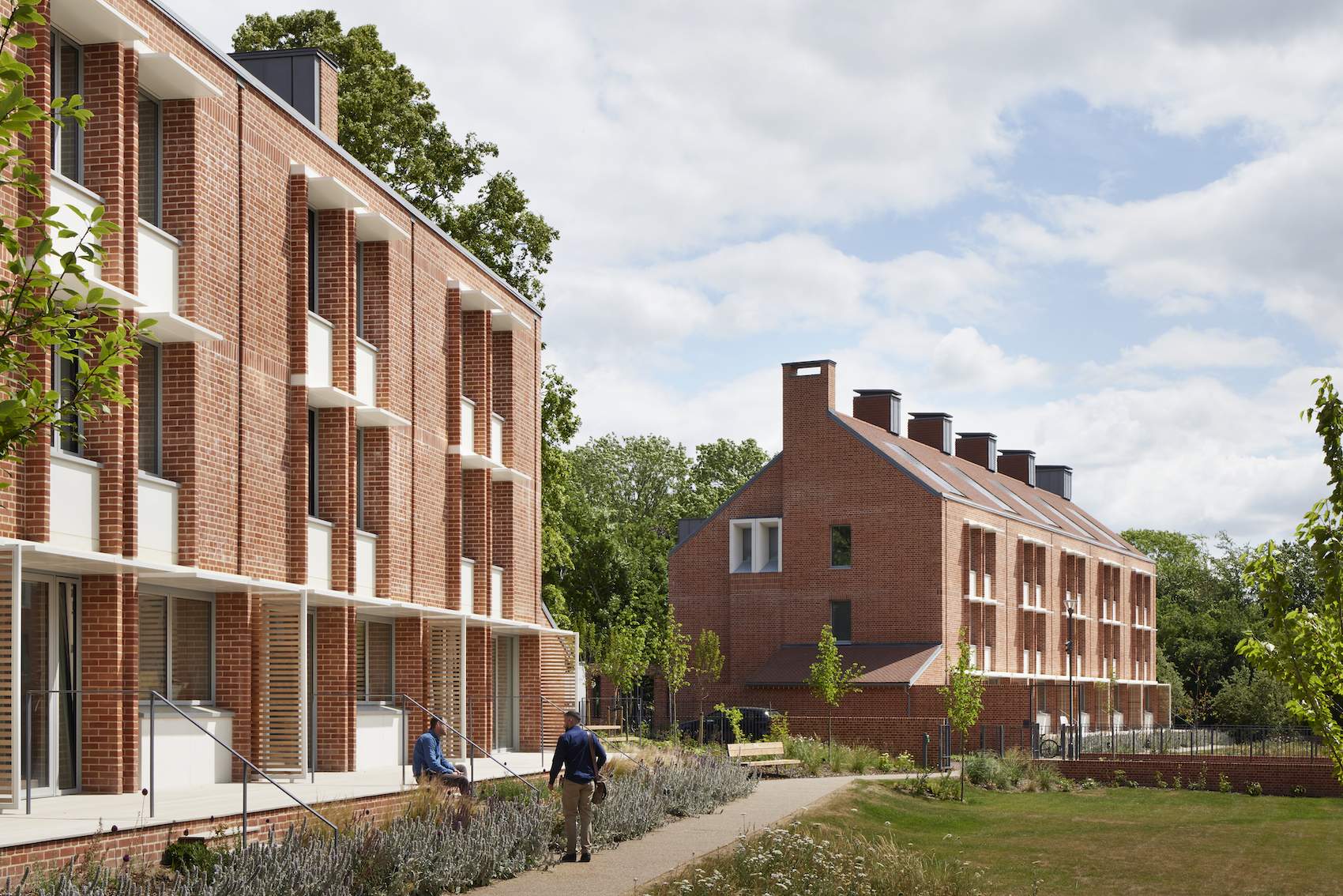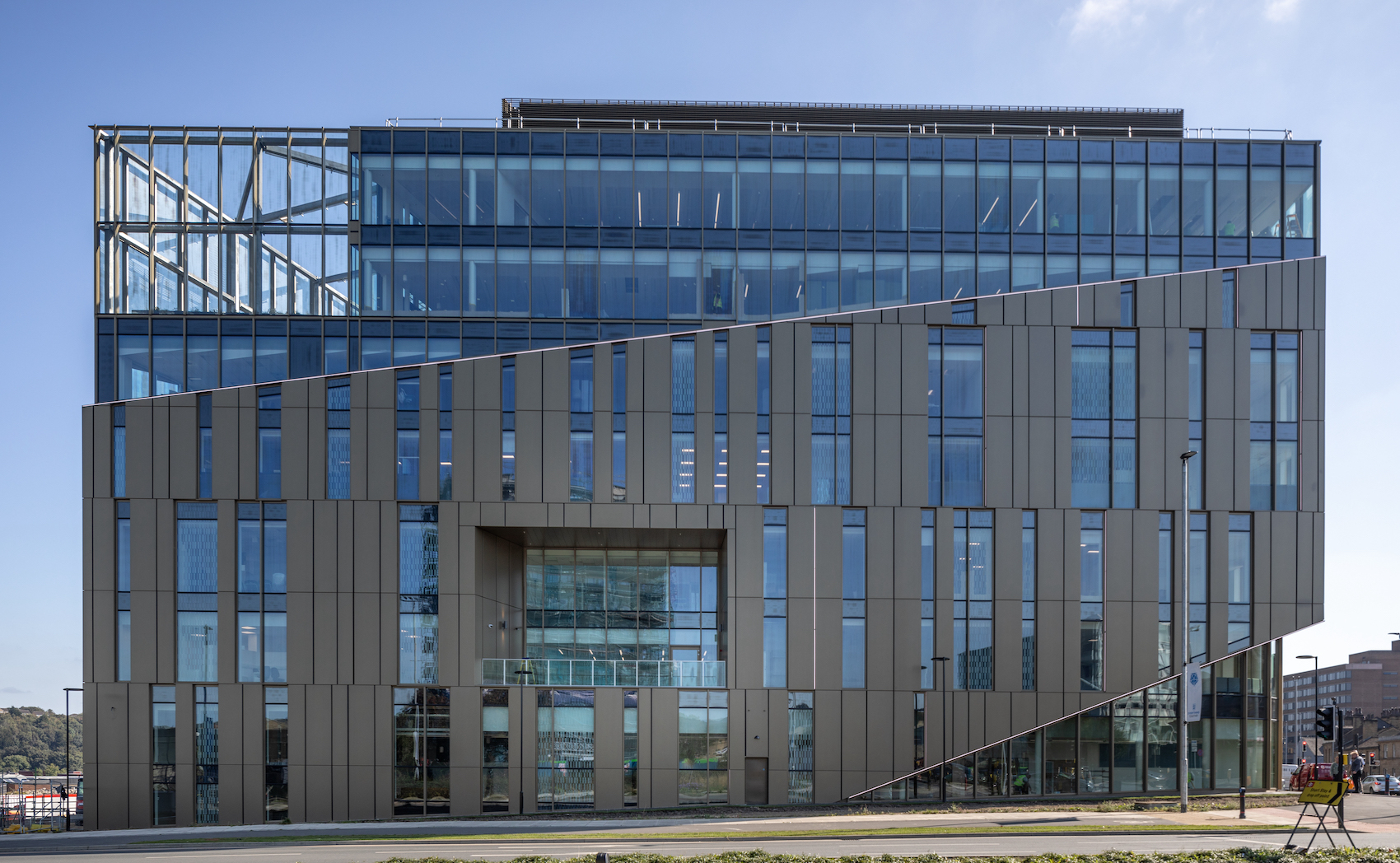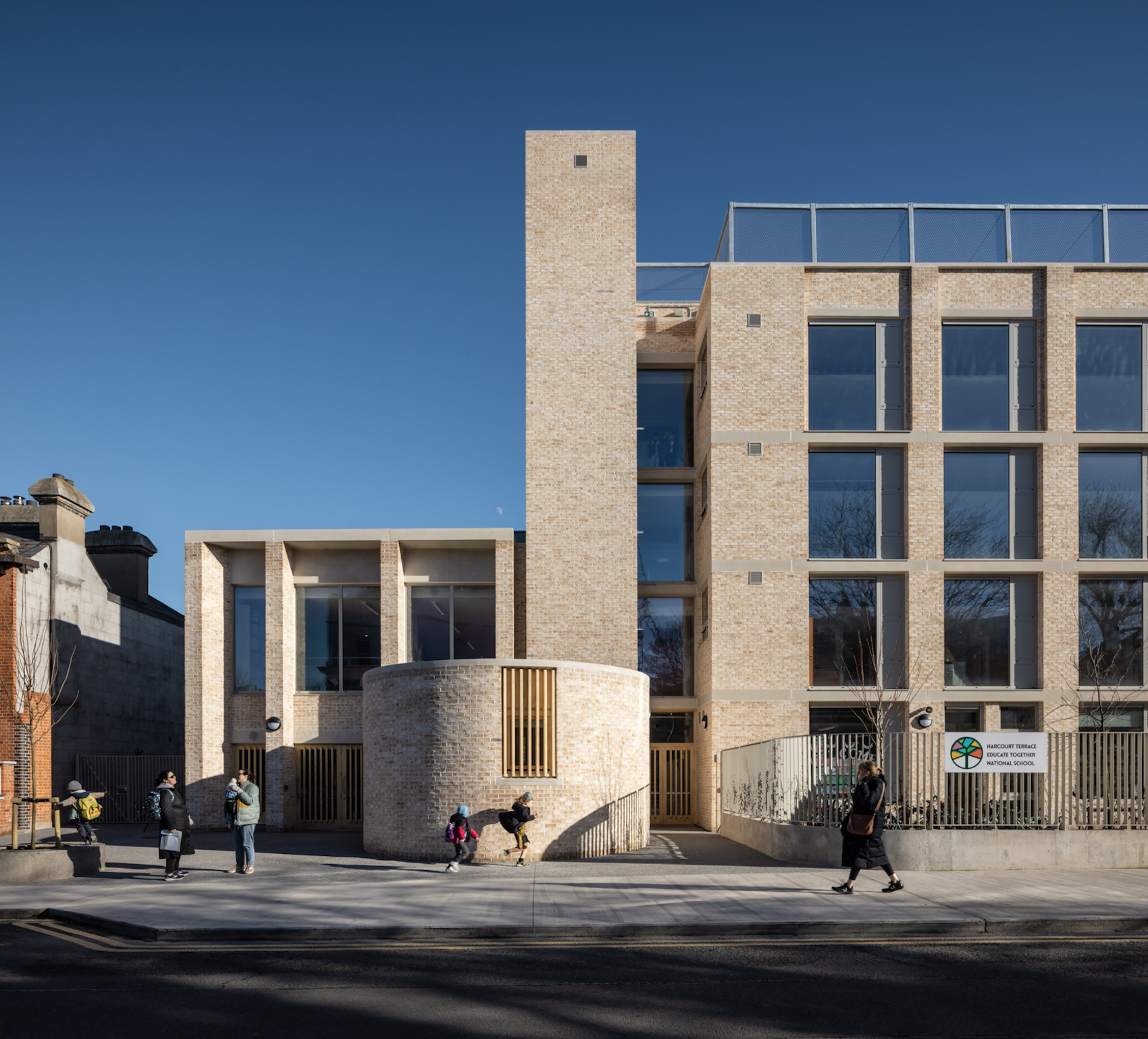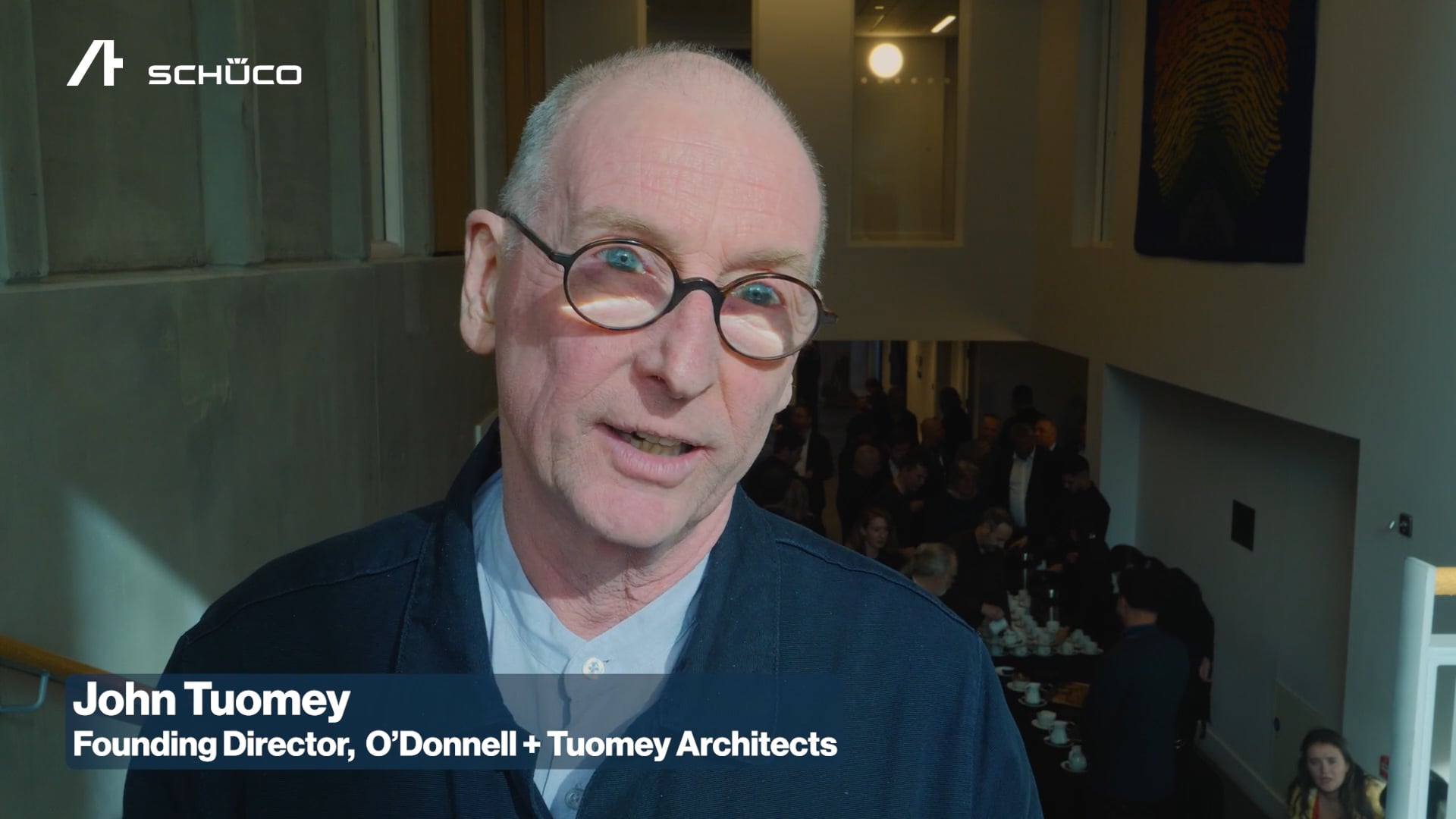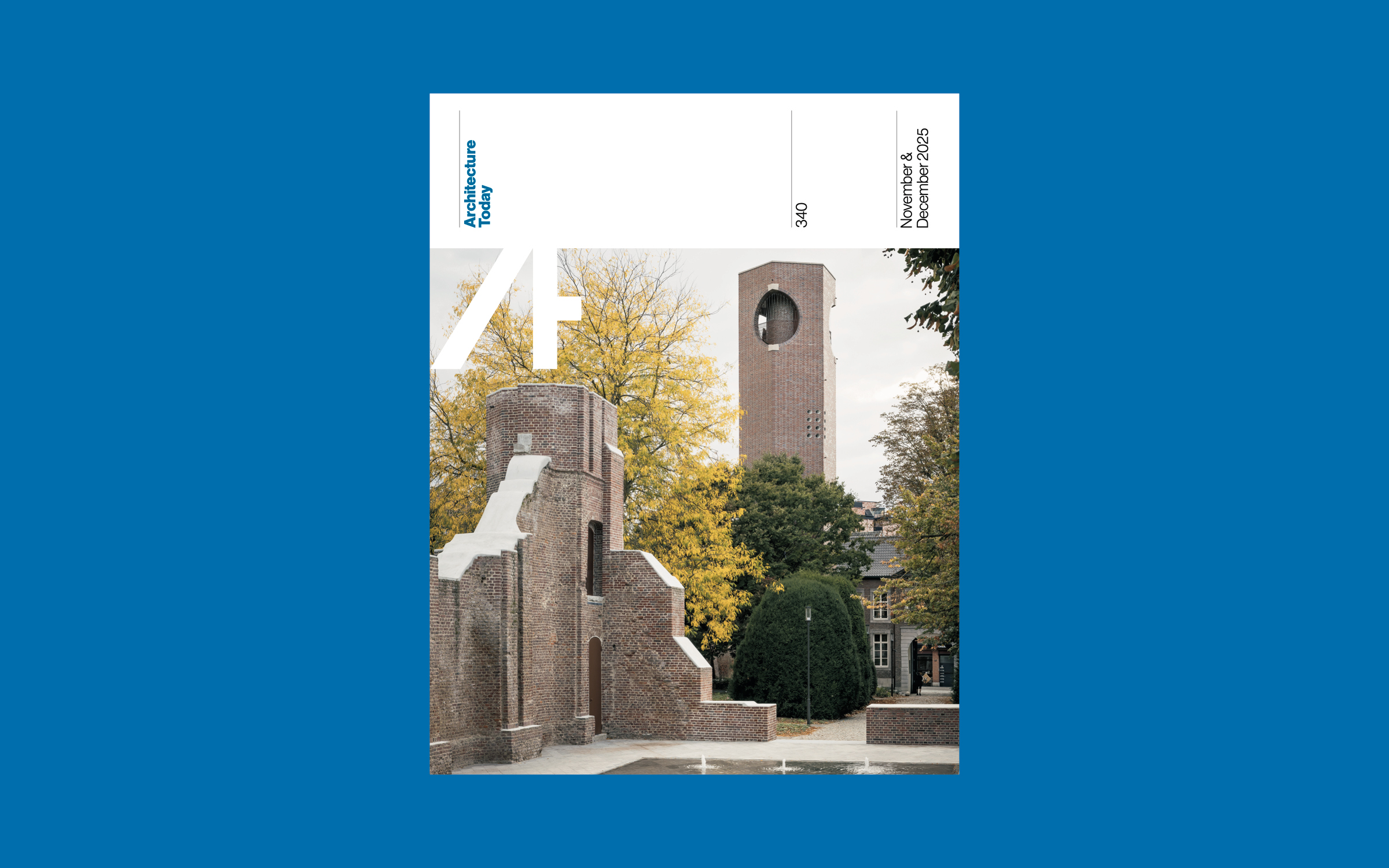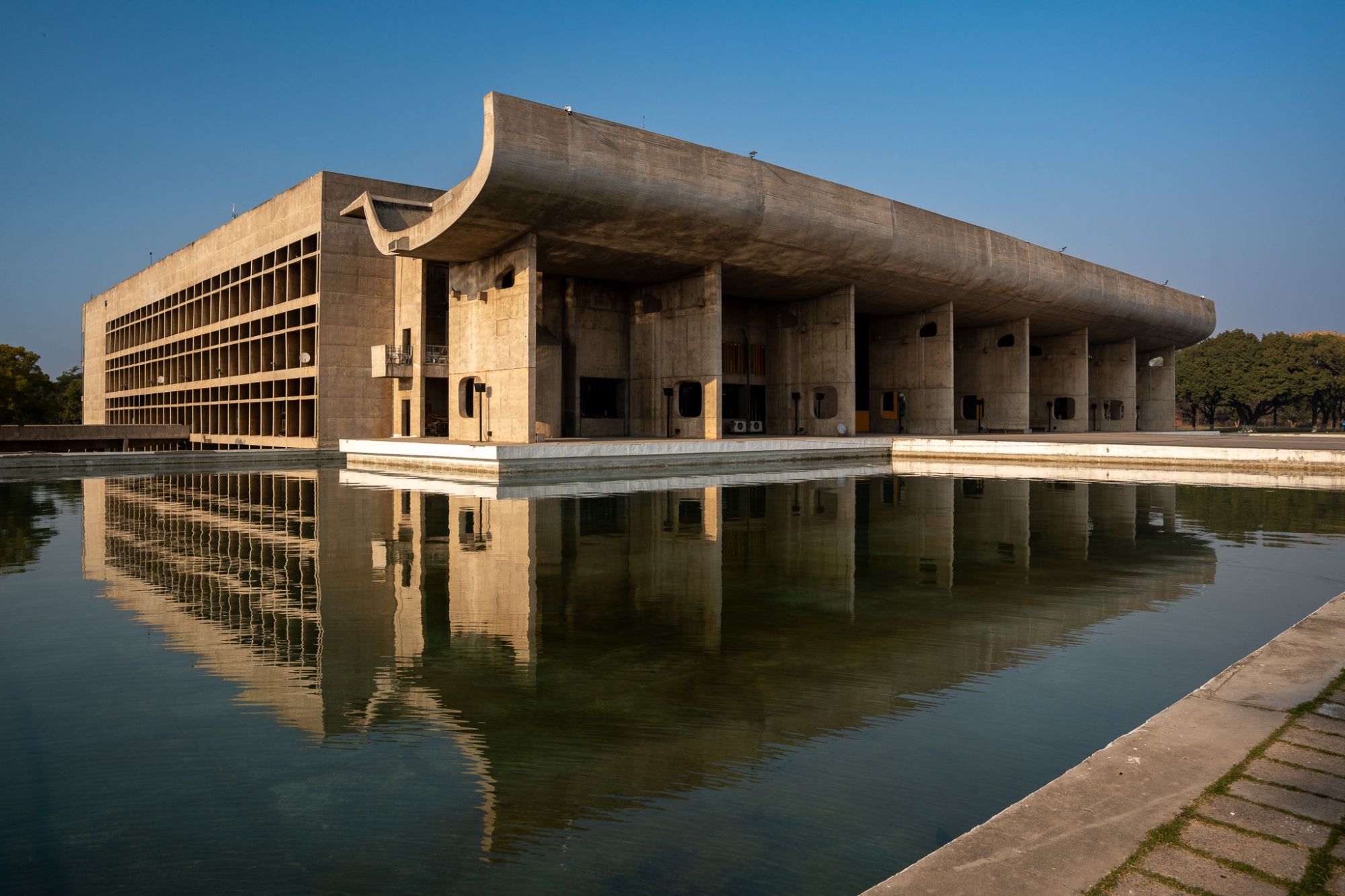AT talks to Finn Williams, co-founder of Public Practice in the UK and now the city architect for Malmö in Sweden, as he discusses the political and architectural challenges of the role, his ambitions for the city and dealing with an ‘architectural uprising’.
Finn Williams. (Credit: City of Malmö)
What attracted you to the role of City Architect of Malmö? What does the role entail?
I’ve spent most of my career working as an architect in the public sector in England, from Croydon Council to the Greater London Authority, as well as co-founding Public Practice. I always had half an eye on the tradition and culture of ‘city architects’ in Scandinavia. The role is also well established in other places, for example, the Netherlands and Belgium.
The UK has its own heritage of city architects. But the role died out when England’s last city architect, John Thorp in Leeds, retired in 2010. The gradual disappearance of the city architect in the UK mirrors the shift in initiative from the public to the private sector over many decades. In Sweden and Scandinavia in general, the role continues to exist because the state and local government continue to play a powerful but also creative role in how cities are planned.
Over half of all Swedish municipalities have a city architect, but every city architect’s role is slightly different. Our political influence, independence, resources, and ability to work across an organisation varies. But what we have in common is the mandate to act as stewards of architectural quality throughout the planning process, from strategy to delivery.
Public Practice is a social enterprise founded by Finn Williams and Pooja Agrawal. Pictured here is the programme’s third cohort. (Credit: Ivan Jones)
How long have you been City Architect of Malmö? What have you achieved and what are you looking to achieve?
I’ve been City Architect for nearly three years. That’s long enough to no longer count myself new, even if initially there were a lot of new aspects to the job: a new country, new language, new planning system, new role, and a new organisation.
Of all the city architects in Sweden, I think it’s probably fair to say that I’m one of the luckiest in the conditions that I have politically. Malmö’s leadership is particularly progressive in a Swedish context. We have a reputation of being a city that takes bold decisions, dares to experiment and is open to change. But it’s nothing new. Malmö has always been at the forefront of change in Sweden.
Things tend to happen here first, for better or worse.”
That’s partly to do with our position: where Sweden meets the rest of the world. Things tend to happen here first, for better or worse. Malmö was the birthplace of Swedish socialism and a seedbed for new political ideas throughout the 1900s. It was the first Swedish city to really suffer from post-industrial decline, but also first to reinvent itself through an ambitious programme of sustainable urban development in the early 2000s. More recently Malmö has faced new challenges on the back of rapid demographic change, but is also the city that has gone furthest in tackling segregation and inequality.
Do you speak Swedish?
I had a head start because my partner is Swedish, and we’ve been back and forth to Sweden a lot over the years. When I started the role I could understand pretty much everything but would reply in English. Now I’ve got to the stage where I’m using Swedish for everything from emails to negotiations and presentations. I don’t need to switch to English anymore, but I’m still using it occasionally because Malmö has such a diverse population with a lot of other people who don’t have Swedish as a first language.
Malmö sits on the western edge of Sweden, connected to Copenhagen in Denmark by the Øresund Bridge, which takes people – without the need for border control – between the two cities in less than 40 minutes by train. Fans of Scandi TV crime drama might remember this infamous bridge from the show ‘The Bridge‘. (Photo from Google Maps)
Is your role more political than architectural or more architectural than political?
I find it hard to separate the two. The kind of architecture I work with is directly connected to political decision-making, and at the same time it has a direct impact on the public sphere. In fact, my whole job is about understanding the architectural implications of politics and the political implications of architecture. For example, this includes advising Malmö’s mayor and planning committee, helping them to form their agenda, and communicating this to developers, architects, and the public. On a typical day I will be working on everything from the detail of an individual planning application to the principles for a major masterplan, to redesigning our strategies for procuring architects or how we develop public land. It’s very wide ranging, much like Public Practice.
What was your first task?
My first task was really designing my own job description. My role is very different from my predecessor’s – in that I have fewer line management responsibilities and more scope to work horizontally across the whole organisation. I’ve had to build a new mandate to reach into some departments that previous city architects have had little to do with but that can have a huge influence on design and quality.
The Malmö Festival, running since 1985, is a city-wide party that lasts for eight days across August every year. (Credit: Finn Williams)
Do you think there’s a need for the role of city architects in the UK?
I think the role of the city architect, with enough political backing, carries a lot of weight. But it can also be a fragile role. It depends a lot on the individual, of course, and maintaining support. I think what Public Practice and other organisations are trying to do in the public sector in England is to build a more distributed network of embedded expertise which is more interdisciplinary and arguably more resilient. That model of practice can have just as much, if not more effect on the quality of the environment as a few prominent individuals.
What I learned from Public Practice and am trying to bring to Sweden is the idea that it’s not enough for Malmö to have one city architect who occasionally says the right things. Instead, my role is about building the capacity and confidence of my colleagues and Malmö’s wider built environment industry to be even more ambitious and progressive about the difference architecture can make to tackle these fundamental challenges of climate change and social inequality. Over the longer term I will have more impact if I can get Malmö to feel like a city that doesn’t just have one city architect but one that is a city of architects.
Were there any borough architects or city architects of post-war Britain that particularly inspired you?
There are plenty of post-war public architects that inspired me along the route from Croydon Council to Public Practice, like Ted Hollamby. But someone who feels particularly relevant to me now is Rosemary Stjernstedt, a British architect and planner who moved to Sweden for six years and worked for the City of Gothenburg before returning to the London County Council and leading the design team for the Alton East Estate. Later on she actually worked with Ted Hollamby at Lambeth, where she led the masterplan for the Central Hill Estate. Stjernstedt, and of course others like Ralph Erskine, contributed to the long history of exchange in ideas about architecture and planning between Britain and Sweden, which I feel honoured to be able to continue.
If you compare Sweden to the UK, there’s frankly less crap development but there’s also less genuinely excellent architecture.”
What is currently wrong with Swedish volume housebuilding? Many would think Swedish housing is significantly better than that of the UK, so I’m curious to see that you’re critical.
There’s a Swedish word which says a lot about culture and architecture here: lagom. It means not too much, not too little, just the right amount. You could say the quality of the built environment and housing in Sweden has become lagom. It’s like a comfortable, if slightly dull average. If you compare Sweden to the UK, there’s frankly less crap development but there’s also less genuinely excellent architecture.
A lot of my work in London and the UK was about bringing up the bottom to make the built environment less bad, or you could even say a bit more Scandinavian. Sweden has a completely different challenge: how to create the conditions for more extraordinary places without opening the door to lower standards? A lot of the good average that’s built in Sweden is extremely generic. It’s based on standardised prefabricated concrete panel systems that are exactly the same in Malmö, Gothenburg, Stockholm or up in the north. The net result is a kind of lowest common denominator architecture that lacks a sense of place. Over the last five or ten years there has been a strong populist reaction against this lagom architecture in the form of a movement called Arkitekturupproret or ‘Architectural Uprising,’ a sort of extremist version of Create Streets.
Examples of ‘Lagom’ architecture, a generic vernacular found across Sweden in contemporary developments. (Credit: Finn Williams)
Were they born from a right-wing think tank as well?*
Arkitekturupproret started off as a Facebook group but has found support from Sweden’s far-right nationalist party as well as some populist parts of the centre ground. They’re arguing for a return to classical architecture – however you define classical architecture. I can sympathise with their dissatisfaction with a lot of what is built today, but disagree with their proposed solution. Simply switching style will do nothing to address the structural reasons behind the lack of genuine quality in Swedish architecture. It goes much deeper than facades.
One of the main challenges is that the Swedish housing industry is dominated by a small number of very large players, who tend to have short-term interests in the places they build. That structure is to some extent mirrored in the architecture industry. In Malmö we are trying to diversify the industry by improving the conditions for small-scale developers, community-led groups and architect-developers – for example recent terraced housing by Förstberg Ling and Belleville. We are also using tools like open competitions to create more opportunities for smaller and newer architecture practices.
At the same time, we are strengthening our architecture policy to demand more place-based architecture that emphasises what makes Malmö and its different communities unique. Malmö’s traditional half-timbered architecture was the result of the city’s unique conditions a few hundred years ago – local resources, the local climate, and the local culture. But today we have totally different local conditions.
We need to build with new kinds of circular supply chains. We need to design in response to a rapidly changing climate. And we need to express a radically different culture. Today, Malmö has one of the most diverse populations of a city of our size in Europe. We have 186 different nationalities, and over 50 per cent of our population has a foreign background, which puts us up there with London and New York. I think Malmö can learn from cities like London, where architecture, design and other forms of cultural production aren’t just about tolerating difference but about celebrating it. I hope we can develop a new, unique Malmö vernacular that makes sense for today’s society.
Rosengård, an area in eastern Malmö with a population of around 34,000 that was built in the 1960s and ’70s through Sweden’s Million Programme.
(Credit: Finn Williams)
What are the main spatial inequalities in Malmö and how are you addressing them?
By most official measures, Malmö is one of the most segregated cities in Sweden. There are significant inequalities between different areas when it comes to public health, access to social infrastructure and overcrowding. A consistent pattern is that quality of life tends to be worse in the housing areas on the eastern side of the city that were built through the Million Programme – the government programme to build one million new homes in Sweden between 1965 and 1975. The most notorious of these areas is Rosengård, which is where Zlatan Ibrahimović grew up, and which is often singled out by reactionary politicians and sensationalist media.
When I took on the role I chose to live in Rosengård to try to see past those outside prejudices and get an idea of what it is really like from the inside. I’ve been living here for half the week for nearly three years now, in the same building that Zlatan grew up in. I realise I have a very privileged experience of Rosengård compared to a lot of my neighbours. But it has helped me see the qualities of the place and strengths of the community that outsiders are all too ready to dismiss. It has also helped me understand how far segregation works both ways. Segregation is caused just as much – if not more – by well-off neighbourhoods, as well as areas like Rosengård.
We are trying to break down spatial segregation across Malmö by building social infrastructure that gives communities reasons to visit each other’s areas. For example playgrounds and cultural spaces that emphasise what makes each area unique. We are also dismantling some of the physical barriers between communities, like the major motorway that divides Rosengård in two, turning it into an urban street that will bring the area together.
‘Malmö in the Making’, funded by the city government, explored in 2023 what the city’s space, architecture and culture mean to the people of Malmö and how together they can shape the city’s development. The month-long programme for more than 120 events included exhibitions, an ‘Urban Academy’ and yearly awards, such as The City Planning Award, among others. (Credit: Finn Williams)
Finally, we’re establishing the principle of an “equality of quality” across the city. As the public sector we can invest the same Kronor per square metre in infrastructure like libraries, schools and playgrounds. It’s harder to force the private sector to build to the same budgets in different areas, but we can make sure they invest the same amount of care, the same hours per square metre.
Right now we are at the early stages of planning the first new housing to be built in Rosengård for 50 years. We’re asking the developers to approach the task with as much care and respect for the context as they would in Malmö’s historic core. We want to avoid generic housing that tries to pretend Rosengård is somewhere else. Instead, we want new development to celebrate and strengthen the qualities of the area’s existing culture, public spaces and architecture; to make Rosengård even more Rosengård.















